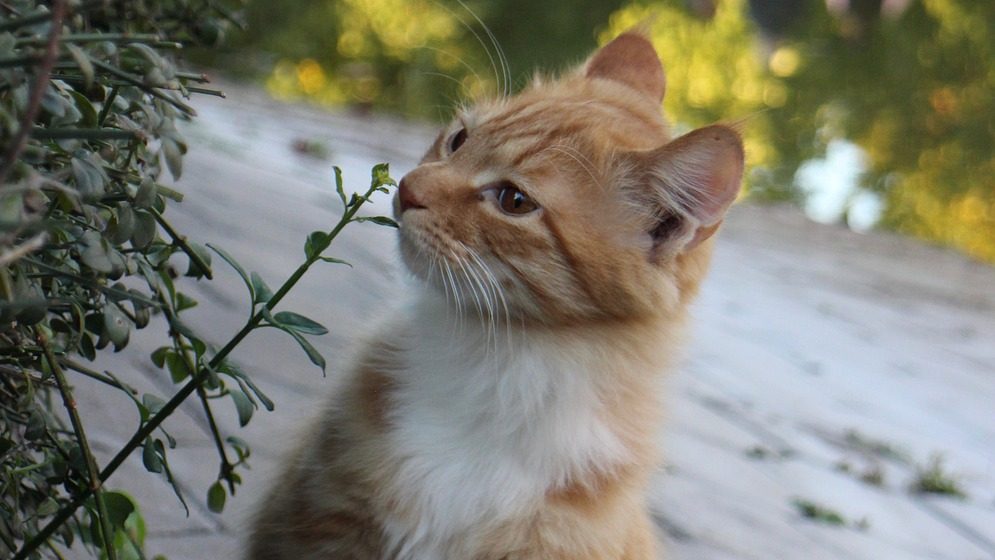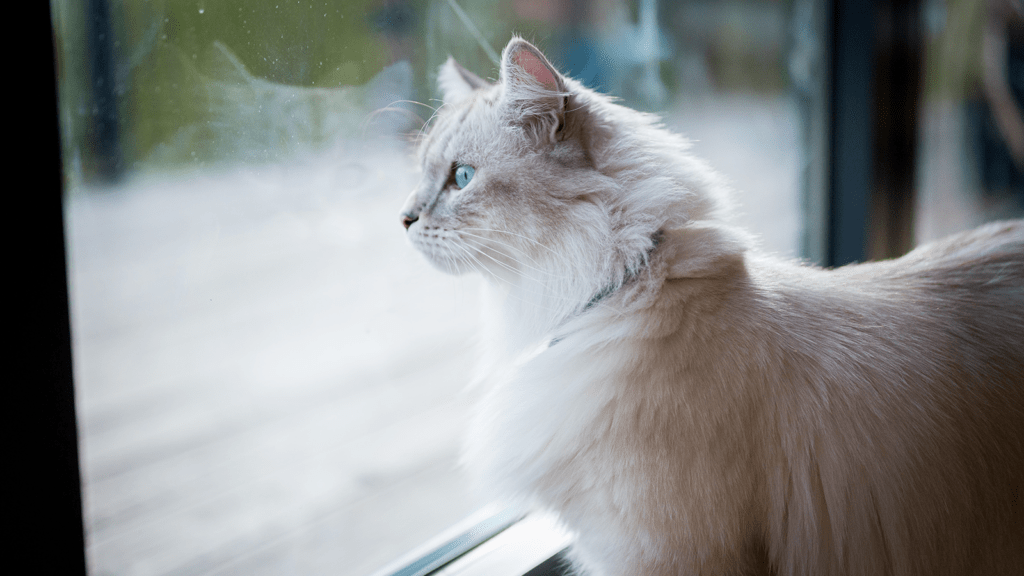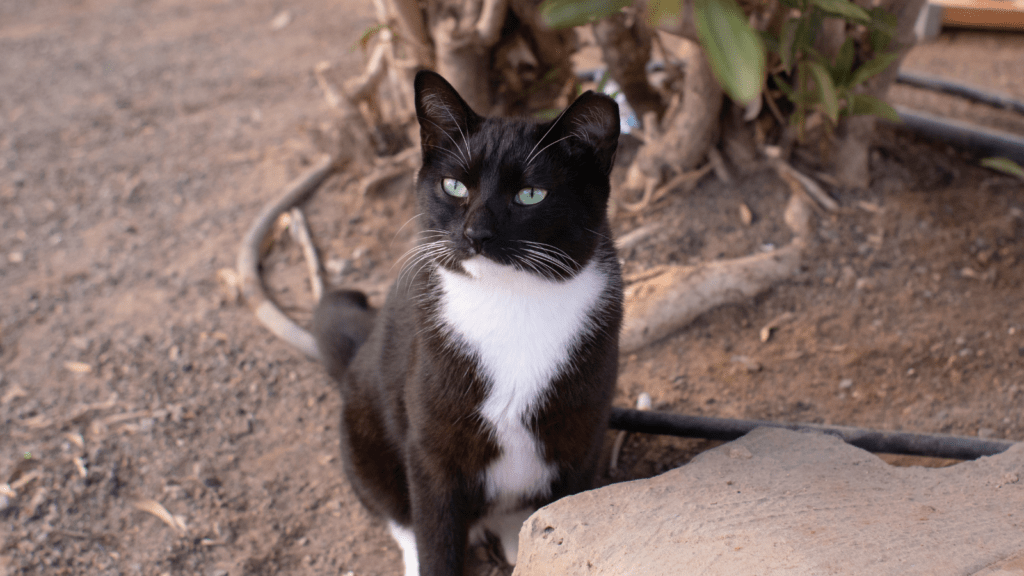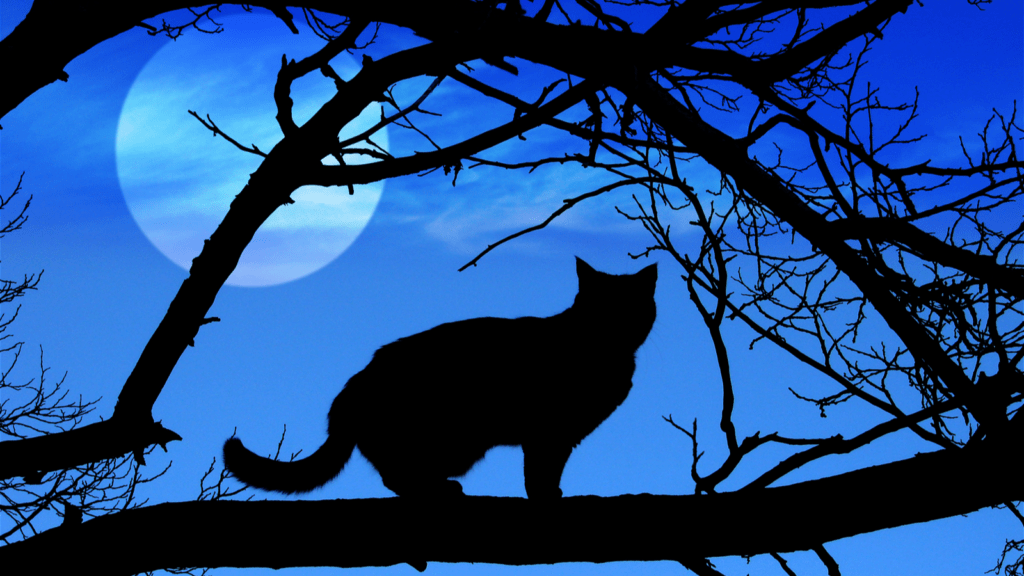
Are Cats Nocturnal? Uncovering the Truth Behind Cat Sleeping Patterns
Have you ever wondered, “Are cats nocturnal?” Why does your feline friend seem to come alive just when you’re winding down for the night? It’s a common misconception that cats are nocturnal animals, but there’s more to the story. Let’s uncover the truth behind cat sleeping patterns and offer insights to help you better understand your furry companion.
The Reality of Cat Nocturnal Behavior
Contrary to popular belief, cats are not actually nocturnal animals. Instead, they’re categorized as crepuscular creatures, meaning they are most active during dawn and dusk hours. These twilight hours provide the perfect opportunity for cats nocturnal animals to:
- Hunt
- Explore their surroundings
- Socialize with other cats
- Mark their territory
- Engage in play and exercise
Many cats conserve energy by resting during the day and night.
The seemingly excessive sleep cats indulge in is actually their way of conserving energy for hunting during early mornings and late evenings. This activity pattern, common among cats, is a result of their crepuscular nature. So, as a cat lover, don’t be surprised if your kitty is wide awake and eager to play when you’re getting ready for bed or waking up in the morning!
The Origins of Crepuscular Behavior in Cats
Our feline friends owe their crepuscular behavior to their ancestors, who chose hunting during dawn and dusk as an energy-conserving and predator-avoiding strategy. These low light conditions during morning or nighttime hours provided the perfect environment for cats, as crepuscular animals, to stalk their prey without drawing attention to themselves. Unlike diurnal animals, which are active during the day, our feline friends have adapted to thrive in these twilight hours.
Over time, this behavior became ingrained in their genetic makeup, influencing the sleep patterns of cats today. The cats that we share our homes with have retained this crepuscular schedule from their feline ancestors, making them more active during those twilight hours and early morning hours.
Domestic Cats vs. Wild Cats: Sleep Patterns Compared
Domestic and wild cats alike share a similarity in sleep patterns, both following a crepuscular routine. However, there are some differences in the duration and intensity of sleep between the two. Cats nocturnal tendencies are more pronounced in wild cats, sleeping even longer than their domestic counterparts.
The good news for cat lovers is that domestic cats have the ability to adjust their sleep schedules to match their human family’s routines. This adaptability allows them to be more active during the day and sleepier at night, making it easier for pet parents to manage their cat’s sleeping and waking hours.
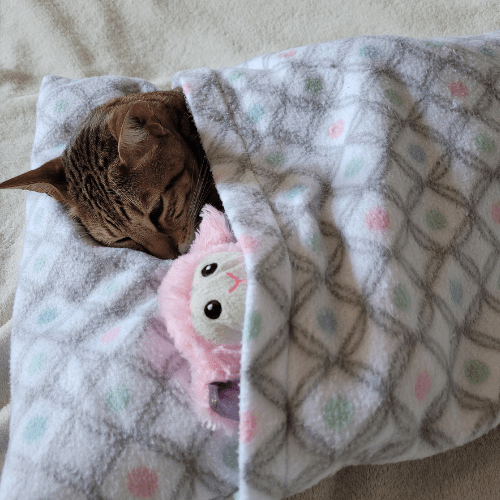
Adapting to Human Schedules
Most cats have the ability to adapt their sleeping patterns in accordance with the routines of their human family, often basing their sleep schedule on their owner’s activities and the overall household schedule. They figure out when to eat, sleep, and be awake, adapting their cat’s behavior accordingly.
To gradually change a cat’s sleep schedule, promote activity during the day, and establish a consistent routine. By engaging in interactive play and providing mental and physical stimulation, you can help your furry friend adjust to a more diurnal schedule, reducing their nighttime activity and allowing you both to enjoy a peaceful night’s sleep.
Food and feeding time also play an important role in altering a cat’s sleeping schedule. Cats crepuscular is a lifestyle and instinct to avoid predators, but cats can easily learn with the proper motivation.
The Science Behind Cat Napping
Cat napping is a natural part of a cat’s sleep cycle, allowing them to conserve energy and remain alert for short bursts of activity. Instead of one long sleep or a deep sleep, cats nap in a continuous cycle throughout the day and night.
Sleep plays a pivotal role in a cat’s overall well-being, contributing significantly to their:
- cognitive function
- immune system
- hormonal health
- healing and repair processes
By understanding the science behind cat napping, you can better appreciate your cat’s unique sleep patterns and the importance of a good night’s sleep in their daily lives.
Average Sleep Duration for Cats
Cats typically sleep for 13-20 hours a day, with their sleep consisting of a series of naps rather than one long sleep period. This differs from humans, who generally sleep in one continuous stretch each night.
Cats need to snooze for around 13-20 hours daily to function at their best. Ensuring that your feline friend gets enough shut-eye is crucial for their health and well-being, so don’t be alarmed if they seem to be sleeping the day away!
Kittens, on the other hand, sleep even more, often up to 21-22 hours a day, depending on their age. This is because, like human babies, they require more sleep for growth and development.
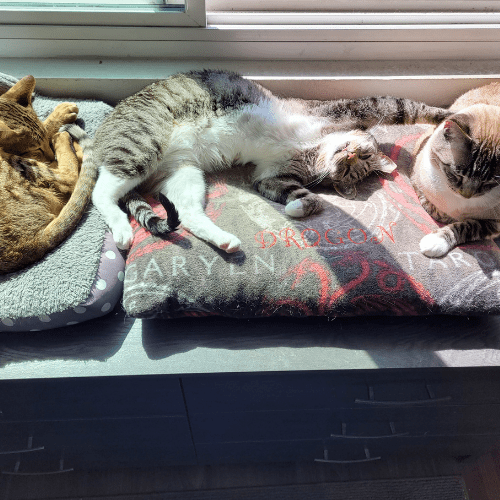
Tips for Managing Your Cat’s Nighttime Activity
You can manage your cat’s nighttime activity by:
- Engaging them in exercise and stimulating activities earlier in the evening
- Establishing a regular bedtime routine
- Engaging in interactive play and using food-dispensing toys during the day to provide mental and physical stimulation
These strategies can help reduce your cat’s nocturnal behavior.
Another effective strategy to ensure a good night’s sleep for both you and your cat is to engage in a play session before bed, followed by feeding them a meal. This helps your cat burn off excess energy and provides a sense of satisfaction, encouraging them to sleep through the night.
Encouraging Sleep During the Night
To encourage your cat to sleep during the night, start by engaging in playtime before bed, offering interactive toys and activities that mimic their natural hunting instincts. After playtime, feed them a meal to help them feel full and content.
If your cat still exhibits nocturnal behavior, ignore any unwanted antics at night. Not responding to their nighttime activity reinforces the idea that nighttime is for rest, not play. Over time, your cat will adjust their schedule to align more closely with yours, allowing you both to enjoy a peaceful night’s sleep.
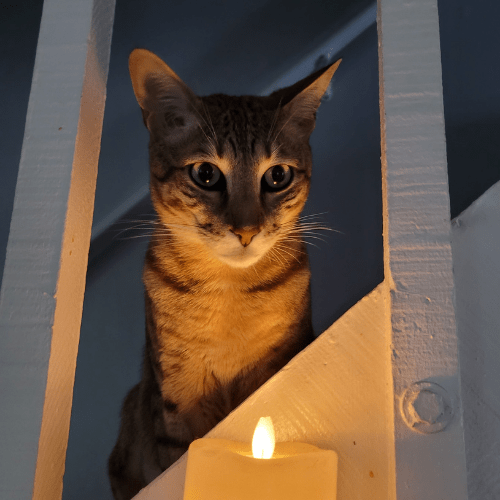
Keeping Small Pets Safe from Your Cat’s Predatory Instincts
Protecting small pets like rabbits, snakes, birds, and hamsters from your cat’s natural hunting instincts is essential. Cats are born hunters, and their crepuscular nature means they may be more likely to exhibit predatory behavior during dawn and dusk hours.
To protect your smaller pets, here are some steps you can take:
- Create a secure environment in your home by providing separate spaces or rooms for each animal.
- Use barriers to prevent unsupervised interactions between your cat and smaller pets.
- Always monitor any interactions between your cat and smaller pets to ensure the safety of all your beloved animals.
Creating a Safe Environment for All Pets
Ensure the safety of all pets in your home by providing separate, secure spaces for each animal, complete with comfortable bedding, toys, and a designated eating area. Use barriers, such as baby gates or playpens, to separate your cat from smaller pets when you cannot supervise their interactions.
In addition to physical barriers, make sure to use pet-friendly cleaning products, pesticides, and fertilizers in your home, and keep medications, household cleaners, and other toxic substances out of reach of your pets. Creating a safe and secure environment for all your pets can keep them healthy and happy while coexisting in harmony.
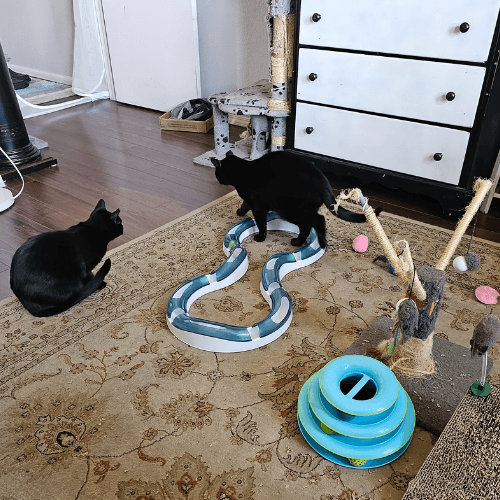
When to Consult Your Veterinarian
Significant changes in your cat’s sleep schedule or nighttime behavior warrant a consultation with your veterinarian, as these could indicate an underlying health issue. A sudden alteration in your cat’s sleeping patterns or activity levels may indicate a problem that requires professional attention, so don’t hesitate to seek advice from your vet.
Summary
So, are cats nocturnal? Understanding your cat’s sleep patterns can help you see their crepuscular nature. By providing appropriate stimulation and having frequent play sessions, establishing consistent routines, and ensuring the safety of all pets in your home, you can create a harmonious living environment for your entire furry family. May you and your cat enjoy many peaceful nights together on your own schedule!

